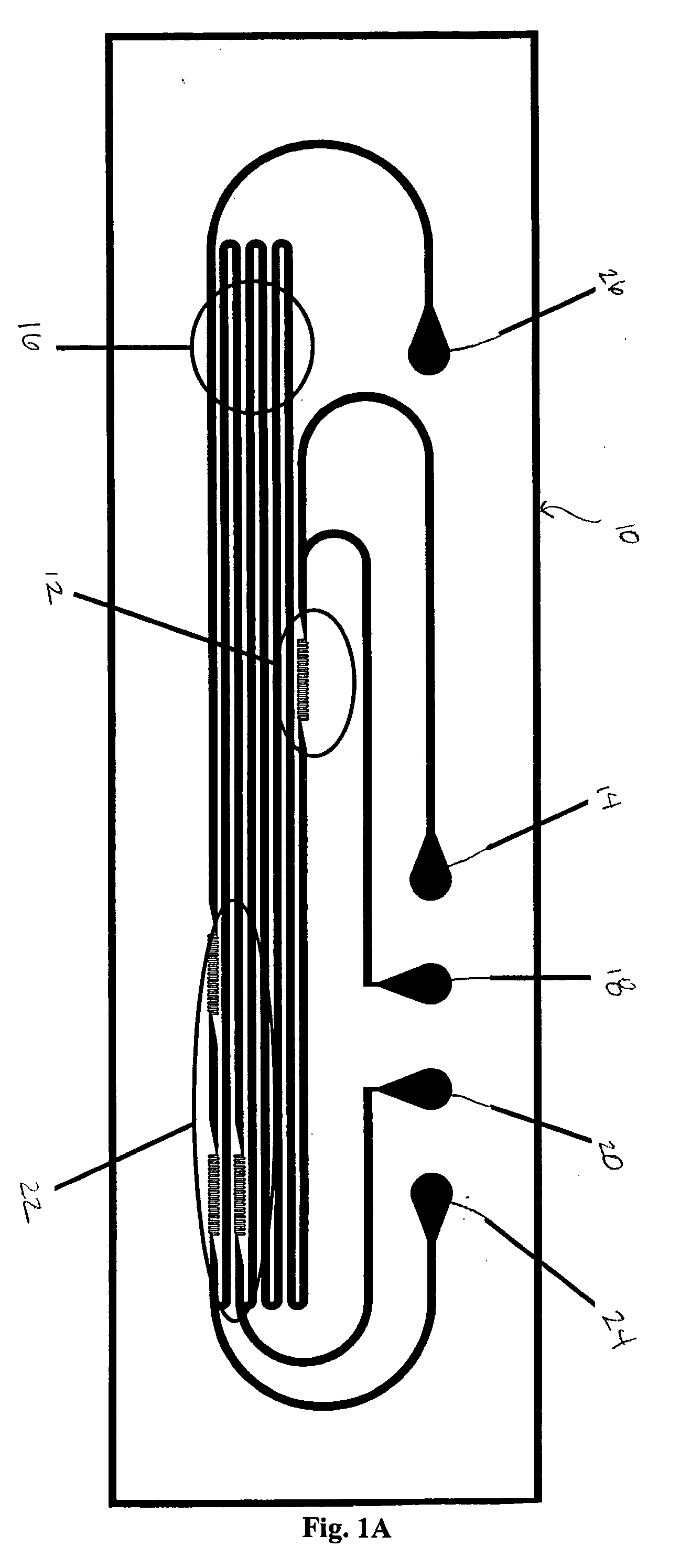Microchemical method and apparatus for synthesis and coating of colloidal nanoparticles
- Summary
- Abstract
- Description
- Claims
- Application Information
AI Technical Summary
Benefits of technology
Problems solved by technology
Method used
Image
Examples
Embodiment Construction
Colloidal Particles
A colloid is a suspension in which the dispersed phase is so small that gravitational forces are negligible and interactions are dominated by short-range forces, such as Van der Waals attraction and surface charges. The inertia of the dispersed phase is small enough that it exhibits Brownian motion, a random walk driven by momentum imparted by collisions with molecules of the suspending medium.
Meso-scale (aproximately 10 nm to approximately 10 μm) colloidal particles are highly encountered forms of materials in nature and in the physical sciences. In chemistry, typical examples include, but are not limited to, polymers, silica and gold colloids, and latex particles. In biology, typical examples include, but are not limited to, mesoscale colloids such as proteins, viruses and cells. In addition, there are many hierarchically assembled structures of these colloidal particles over multiple length scales. For example, a natural opal is iridescent in color because...
PUM
| Property | Measurement | Unit |
|---|---|---|
| Length | aaaaa | aaaaa |
| Length | aaaaa | aaaaa |
| Flow rate | aaaaa | aaaaa |
Abstract
Description
Claims
Application Information
 Login to View More
Login to View More - R&D
- Intellectual Property
- Life Sciences
- Materials
- Tech Scout
- Unparalleled Data Quality
- Higher Quality Content
- 60% Fewer Hallucinations
Browse by: Latest US Patents, China's latest patents, Technical Efficacy Thesaurus, Application Domain, Technology Topic, Popular Technical Reports.
© 2025 PatSnap. All rights reserved.Legal|Privacy policy|Modern Slavery Act Transparency Statement|Sitemap|About US| Contact US: help@patsnap.com



